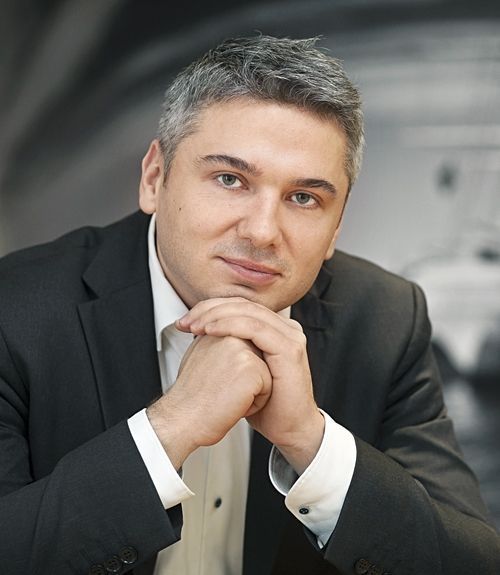Bartosz Kalinowski, managing director, Skanska Residential Development Poland: Our sales results clearly confirm that it is. We are currently experiencing a boom on this market, with virtually every project selling out – but buyers have also become more demanding. They are not only interested in the size, the view from the window and the price, but also the materials the building is made of. And so compliance with construction standards or assurances that the materials are free from harmful compounds are not enough – buyers are asking whether they are safe for people with specific allergies or conditions. So the best approach is simply to build healthy homes.
But every developer would insist that they build homes that are both healthy and in harmony with the eco-system.
The difference is that our clients do not just have to take our word for it. We were the first developer in the country to insist upon BREEAM certification for all our new residential projects, which invol































































